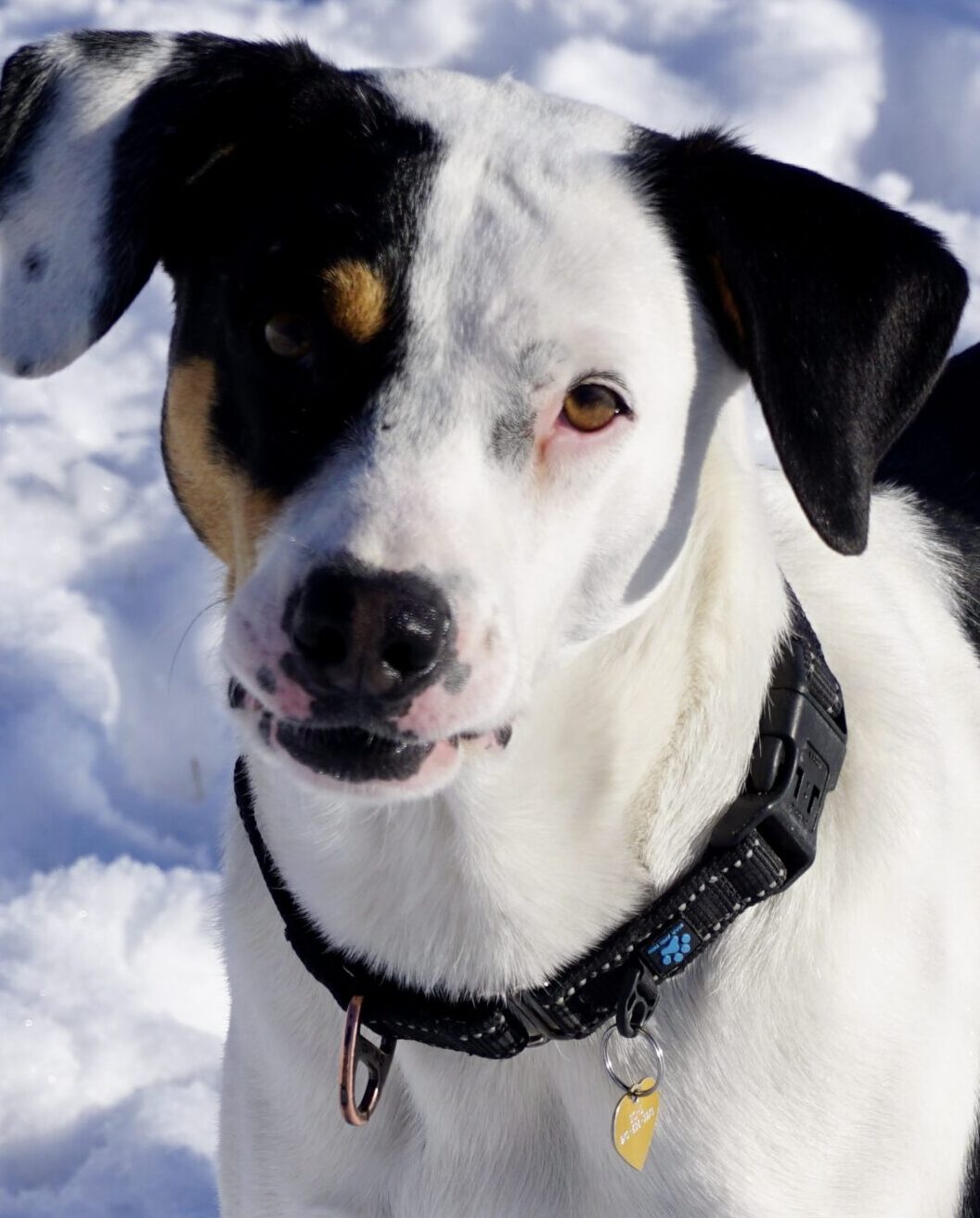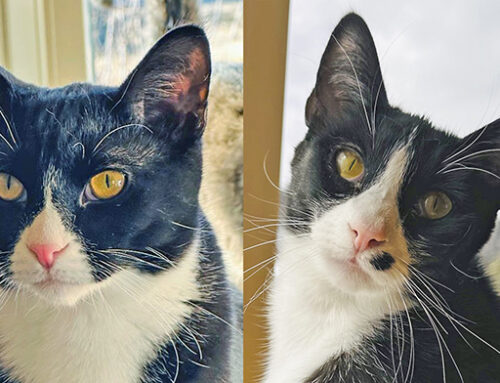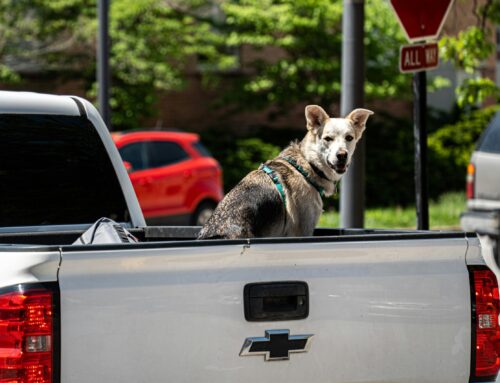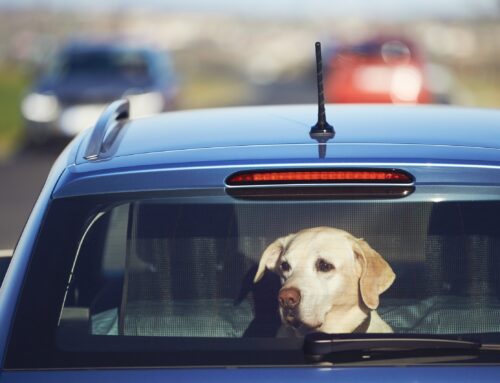This is the third in a series of Pet Columns highlighting our 2022 Impact Statistics.
One of our 2022 Statistics makes us sad – we reunited only 24 pets with their people. Despite reaching out to the public when we receive a found pet, calling other shelters to see if anyone reported the pet missing, and checking social media for lost pet posts- only 9 dogs and 15 cats were returned to their people.
Most pets who come in as strays arrive without identification. No collar, no tag, and no microchip. That makes it very challenging to find their home if they have one.
Collars and tags are great, and every pet should have one. If your pet wanders off, it’s likely to be a private citizen who encounters them first. That’s why, in the event of accidental separation, identification tags are your pet’s first ticket home and can help to avoid a trip to the shelter.

But collars and tags can be lost or removed. Microchips are a permanent identification system that will always be with your pet. Shelters, animal control, and veterinary clinics across the country routinely scan for the presence of a microchip.
How do microchips work? Microchips are about the size of a grain of rice and are implanted just under the skin, usually right between the shoulder blades. Each chip contains a unique ID number that can be read by a microchip scanner and matched with owner information in a database. If your pet is chipped, it is imperative that you always update your contact information promptly when you move or get a new phone number.
Microchips save lives. With approximately 6.3 million companion animals ending up in shelters across the country each year (and 1.5 million euthanized), keeping a form of identification on your pet is a simple remedy. But sadly, only about 710,000 animals who enter shelters annually are returned to their owners (yes, out of 6.5 million!).
Regular microchips do not have GPS capability to locate a missing pet, so your pet can not be tracked by a government entity or identified beyond a range of about three to 12 inches. A microchip implant helps to recover lost pets turned into an animal shelter, animal control, veterinarian’s office, or any entity utilizing scanners to identify lost pets.
Microchips do not require a battery or other power source, so they are good for the life of your pet. They are virtually free of health risks. The American Veterinary Medical Association data collection has shown only 391 adverse reactions among over 4 million pets microchipped.
We offer microchipping at our Veterinary Services clinic for only $30 ($15 for our low-income customers). Make an appointment to microchip your pet.
 My name is Olive. I came into Second Chance as a stray, with no collar, no tag, and no microchip. I’m a young, silly, beautiful, tortoiseshell girl who would love to be part of your family.
My name is Olive. I came into Second Chance as a stray, with no collar, no tag, and no microchip. I’m a young, silly, beautiful, tortoiseshell girl who would love to be part of your family.
Second Chance Humane Society’s Animal Resource Center and Thrift Shops have served San Miguel, Ouray & Montrose Counties since 1994. Adoption hours are Tuesday through Saturday from 11 am to 5:30 pm. Our Community Veterinary Services are available by appointment. View our shelter pets and services online: www.secondchancehumane.org







Leave A Comment